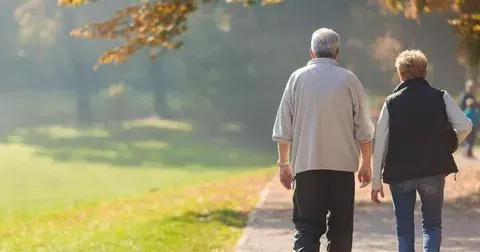Blog

September 2, 2025
In 2025, America’s cities stand at a crossroads. Decades of disinvestment, economic shifts, and population changes have left many urban neighborhoods struggling with abandoned homes, aging infrastructure, and declining commercial corridors. At the same time, cities are seeing renewed attention as people seek affordable housing, vibrant communities, and walkable environments. The key to unlocking this potential lies in rehabilitation and reinvestment—taking what already exists in our cities and transforming it into something stronger, safer, and more sustainable. Why Rehabilitation Matters Now Urban rehabilitation is more than just fixing up old buildings. It’s about restoring dignity to communities, preserving cultural identity, and driving long-term economic development. The homes, schools, factories, and commercial blocks that line our cities tell the story of generations. When those structures are left to decay, it doesn’t just weaken the housing market—it erodes the very fabric of neighborhoods. In 2025, with housing affordability at the forefront of national discussions, the need to maximize existing housing stock is urgent. Building entirely new developments has its place, but it is often costly and time-consuming. Rehabilitation, by contrast, provides a faster, more sustainable solution: breathing new life into properties that already exist while preserving the character of the community. Tackling Blight and Safety Concerns Vacant and abandoned properties are more than eyesores—they are magnets for crime, illegal dumping, and safety hazards. A single neglected building can drag down property values across an entire block. According to national housing studies, neighborhoods with concentrated blight see slower economic growth and higher rates of poverty. Rehabilitating these properties transforms not just the structures, but the entire environment. Turning abandoned houses into livable homes reduces crime, boosts neighborhood pride, and restores confidence in the local economy. In 2025, city governments and private investors alike are realizing that every rehab project is a step toward creating safer streets and healthier communities. Expanding Housing Opportunities The United States continues to face a severe shortage of affordable housing. Millions of working families are burdened by rising rents and limited options. By restoring vacant homes and revitalizing multi-family units, rehabilitation directly addresses this crisis. Unlike new construction, which can sometimes lead to displacement and gentrification, rehabilitation projects can be designed to protect affordability while still improving quality of life. When done responsibly, they create opportunities for long-time residents to remain in their communities while attracting new families who want to invest in the neighborhood’s future. Driving Economic Growth Every rehabilitation project generates jobs—not just in construction, but across industries. Skilled tradespeople, contractors, architects, suppliers, and local businesses all benefit when investment flows into neglected areas. Studies show that for every dollar spent on rehab, multiple dollars circulate back into the local economy. Rehabilitation also strengthens the tax base. Properties that once drained city budgets through unpaid taxes or costly emergency responses become revenue-generating assets again. Over time, this economic ripple effect can transform entire city districts, attracting businesses, services, and cultural activity. Preserving Culture and History Our cities are filled with historic buildings—Victorian homes, brick warehouses, art-deco storefronts—that reflect the unique identity of each community. Demolishing them erases not only architecture but also history. Rehabilitation allows cities to honor their past while adapting to modern needs. By restoring historic structures and giving them new purposes—such as turning old schools into apartments, or factories into community centers—cities preserve their character while meeting today’s demands. In 2025, where cultural identity is closely tied to community pride, this balance between old and new is more important than ever.


